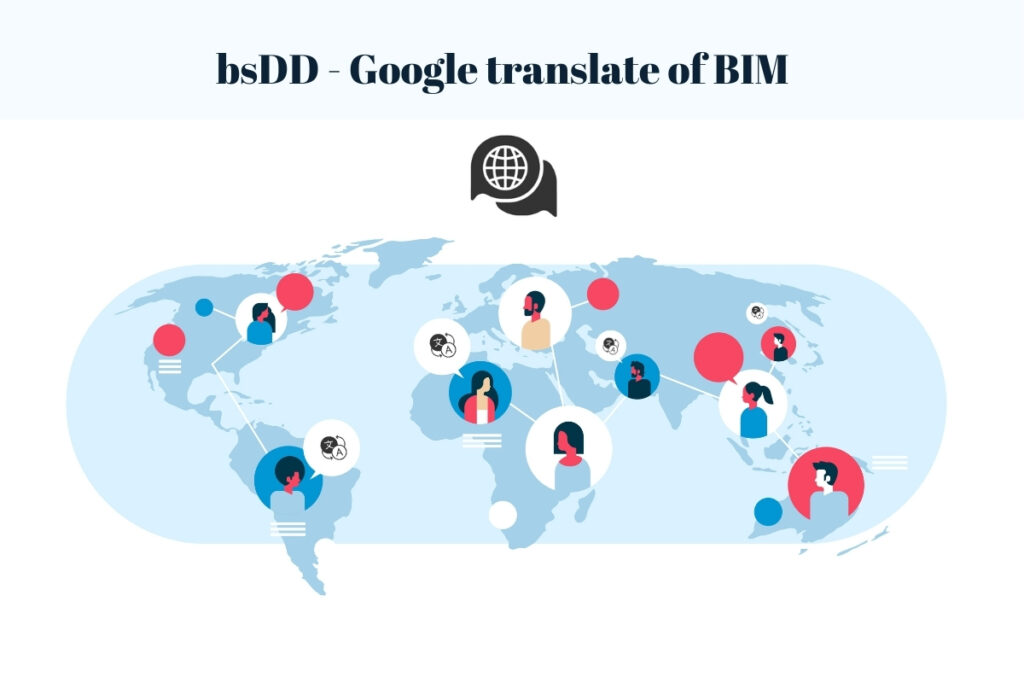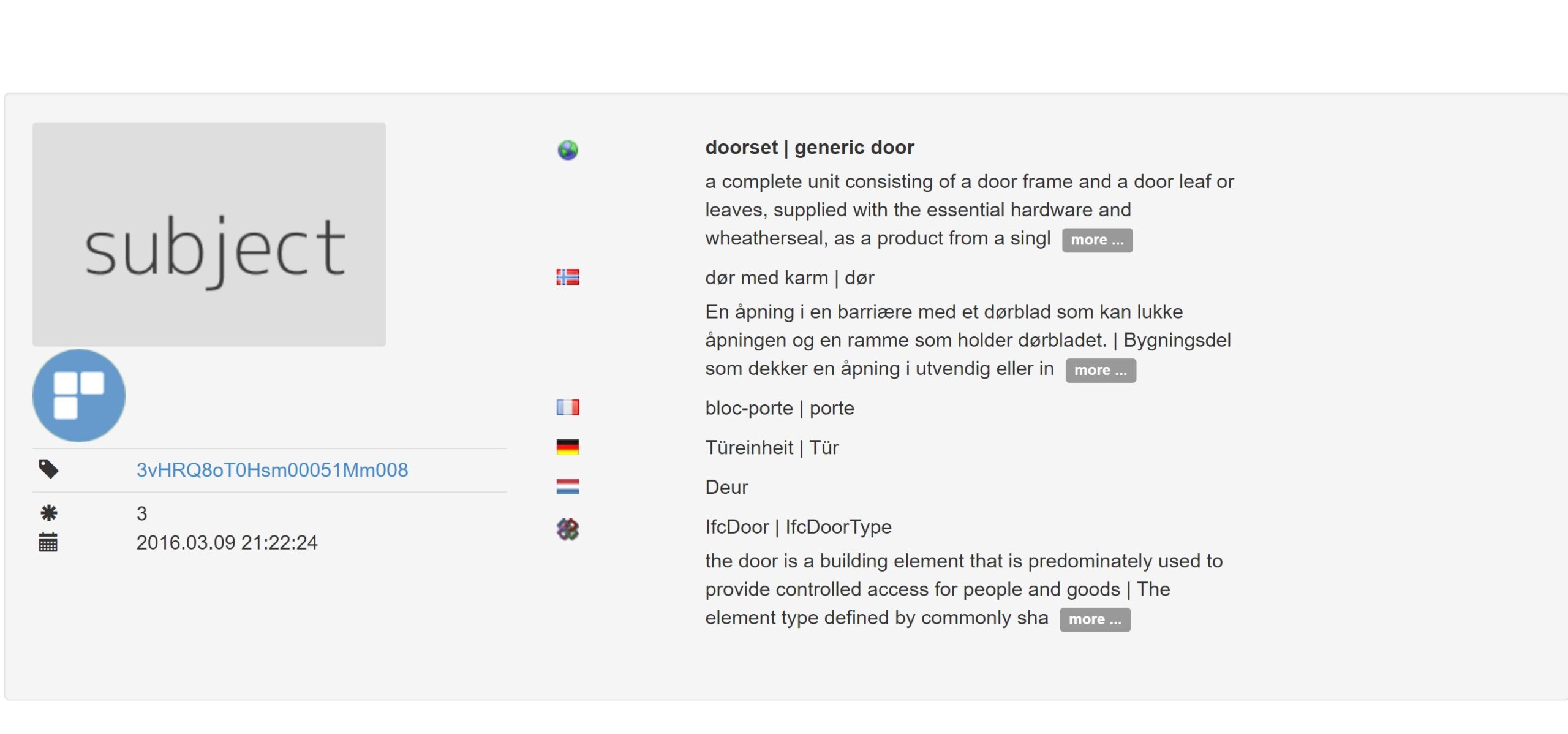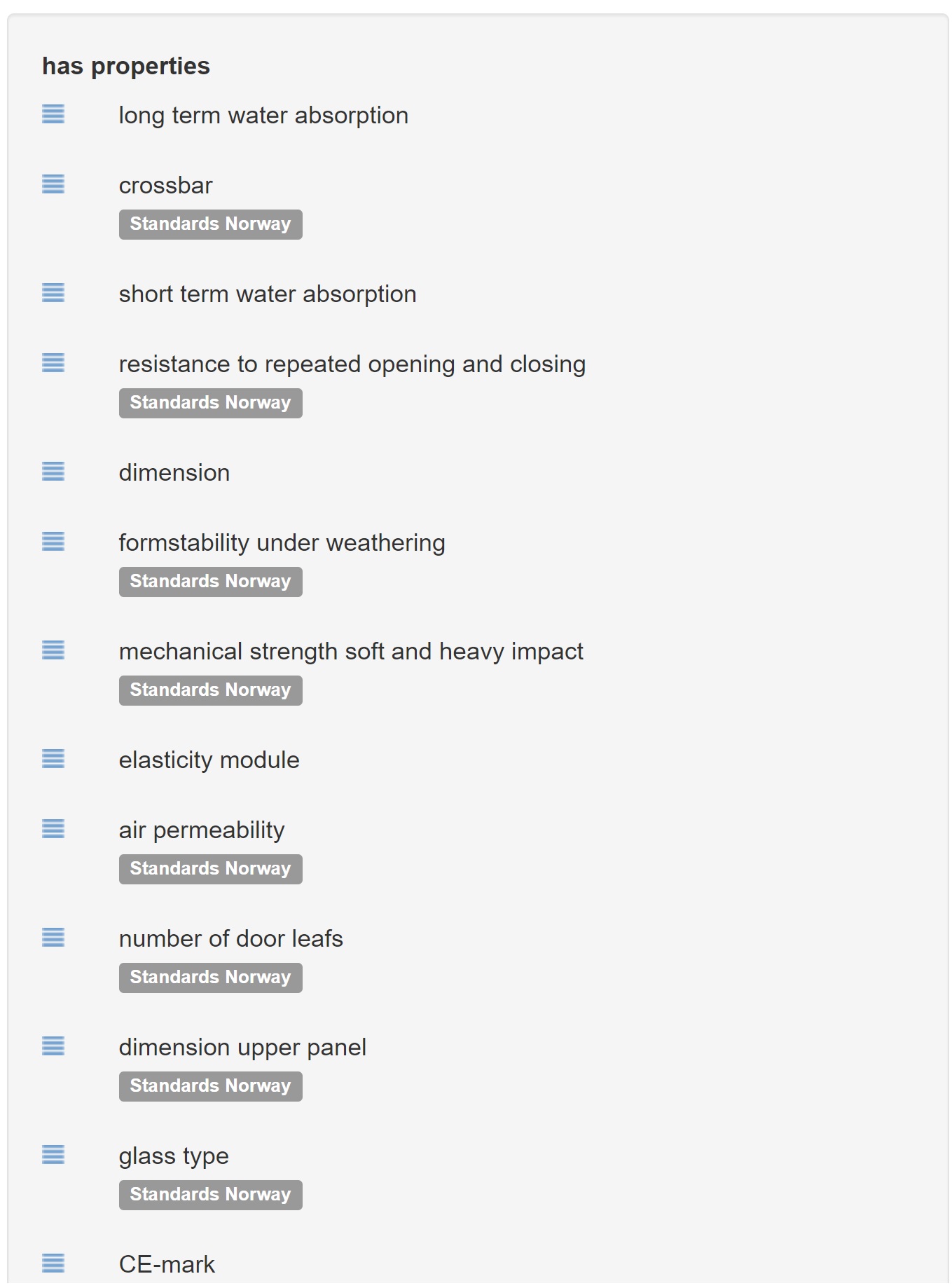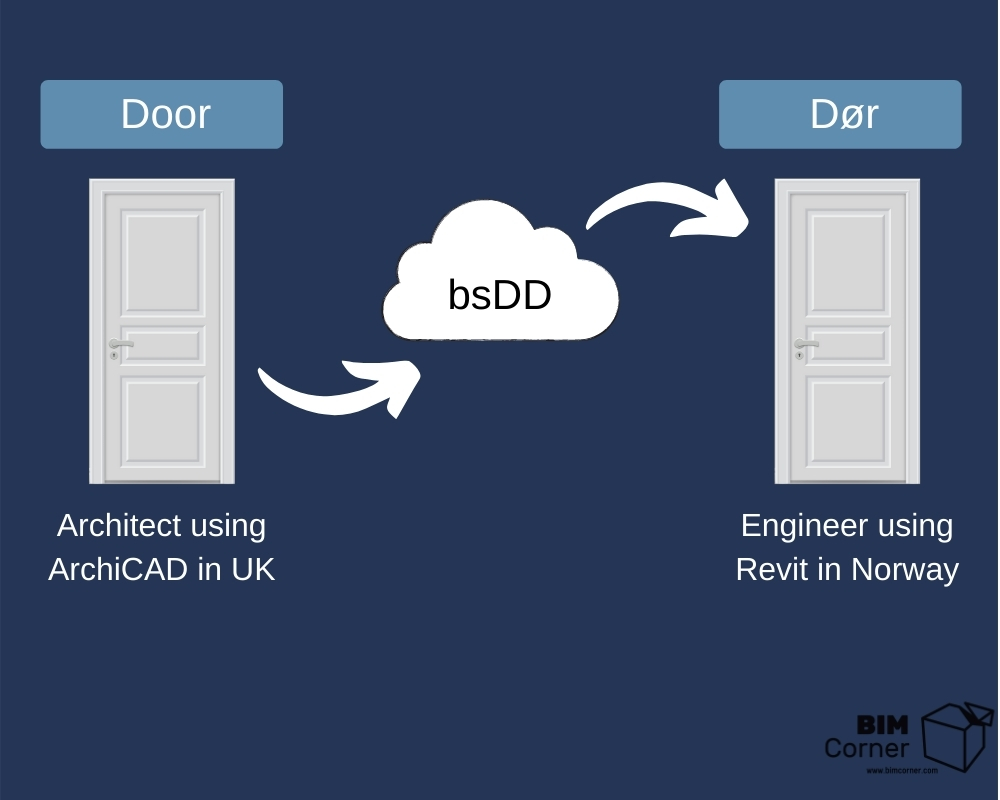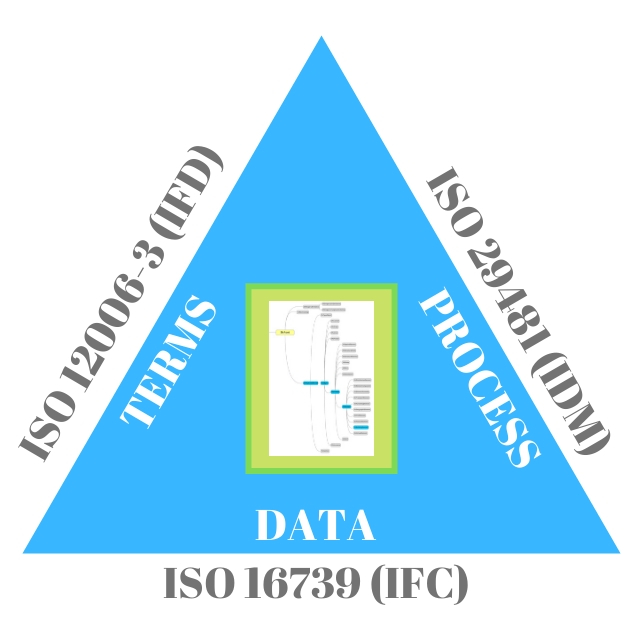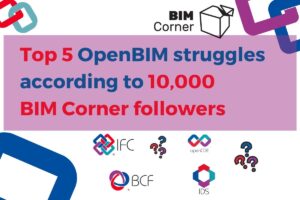BIM supports interbranch cooperation and communication in the construction industry. The 3D model helps to visualize the designed building. It also helps in solving complex issues at the design stage. However, BIM is not only geometry. The most important thing in BIM is “I“ – Information. Therefore, it’s crucial to determine exactly how we name the objects and their properties and how we identify them. It’s almost the norm that each industry uses different terms to describe the same objects. The ability to search, filter and analyse design information quickly and reliably is one of the greatest advantages of using BIM.
The problem occurs when many objects are omitted because these objects are not named correctly. When introducing BIM, some naming schemes are used, but they work more often within one organization and may differ significantly between different entities. And what if such differences appear when these companies cooperate on one project. buidingSMART has a solution – bsDD buildingSMART Data Dictionary. What is bsDD? Let’s describe it as BIM’s Google Translate.
1. What is bSDD - buildingSMART Data Dictionary
2. Application and use of bsDD
The key element of bsDD is the global unique identifier (GUID). It serves as a unique, language-dependent serial number assigned to each term or definition in bSDD.
The GUID serves as a unique constant, allowing finding terms, tracking relationships and maintaining data accurately without the risk of mixing the terms up. The GUID can be used to store and exchange data in model files. It also ensures that the exchanged concept is exactly what the sender or recipient expects.
3. How to use bsDD?
The buildingSMART data dictionary is open for everyone and has an international reach. It’s based on a detailed, language-independent structure. Such structure can be used by external software providers to create their own libraries, enabling customers, designers, consultants and contractors on the one hand, and product manufacturers and suppliers on the other, all over the world, to share and exchange product information easily.
The application programming interface (API) is available online for anyone who wants to integrate the service with their own. Additionally, the dictionary can be browsed and searched online: http://bsdd.buildingsmart.org/#concept/search

